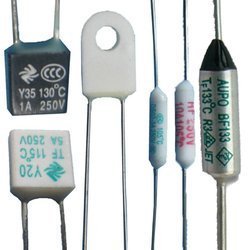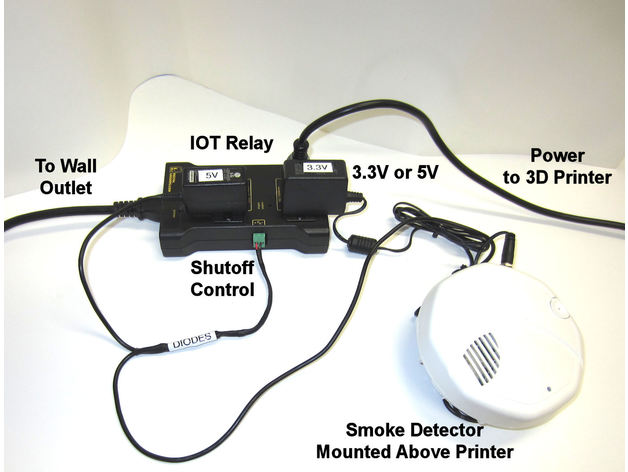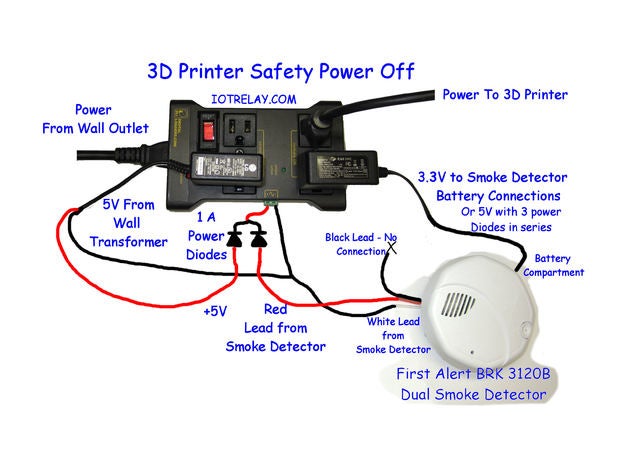3D printing should be relatively safe, however, the inherent nature of 3D printers, with all of the heated parts, constitutes a fire risk. A well designed 3D printer should be designed to be as safe as possible, especially one used in the home... Yes, the recommendation is, when printing, to watch the 3D printer at all times and never leave a print unattended. However, with some print times lasting hours and days, this is not always feasible, nor practical. So, some inbuilt safety features should be included, to at least mitigate the risk of fire, to some extent.
Is the use of thermal fuses1,2 a good idea3?
Would you use more than one?
Where should one place a thermal fuse? Next to a particular component, or free standing, in the air, to get an average, rather than highly localised temperature?
Against which components should a thermal fuse be placed? There are a number of places to choose from, such as next to:
- The hotend?
- The heated bed?
- The extruder?
- Each of the stepper motors?
- The power supply?
- The RAMPS stepper motor drivers?
Of lesser import, which type should one use4, radial or axial?
Has anyone added thermal fuses to their 3D printers? Or has anyone examined where the thermal fuses are placed in commercial 3D printer designs, if used at all?
Background
I have recently found myself having to repair rice cookers and fans in Thailand. In those, it is very often the thermal fuse (axial thermal fuses for the rice cookers and the square "radial" types for fans) that requires replacing, as they have blown before the device got hot enough to start a fire. This got me thinking about their use in a 3D printer.
Footnotes
1 We are not talking about the standard, replaceable, thermo-fuse,or fuse, which blow upon a current surge, short-circuit, etc. These are thermal fuses that contain metal connector within them that melts (permanently) at a specific temperature (typically ~135°C), thereby breaking the circuit.
2 Nor am I referring to resettable fuses (AKA PPTC, multifuse, polyfuse or polyswitch)
3 Would a thermal fuse be preferable to thermal cut offs, in the case of fire?
4 The thermal fuses used in rice cookers are the axial type, and in the motors of fans are the radial type.


